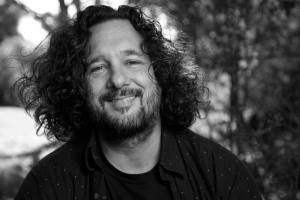
Photo credit: James Henry
I was recently listening to the opening session of the ‘State of Change’ online learning festival. Tyson Yunkaporta was one of the keynote speakers. Tyson belongs to the Apalech Clan in far north Queensland and carves traditional tools and weapons. Tyson is also an academic, arts critic, and senior lecturer in Indigenous Knowledges at Deakin University. However, I was a smidge late to the session given a debacle of overflowing minestrone soup on the stove and getting ready to sit down with my 6:30pm dinner. As a result, I missed the introductions. I didn’t hear all of Tyson’s accolades, and went in to the session only knowing the title ‘How indigenous thinking can change the world’.
Big call.
But one that I think is grounded in oodles of truth, knowledge, and wisdom gathered over thousands and thousands of years. Admittedly, a number of concepts Tyson talked about went over my head. But through stories and pictures and metaphor, I was able to grasp a small understanding of what we can learn from our indigenous culture. What I personally found mind blowing was how Tyson related neuroplasticity to growth and connection.
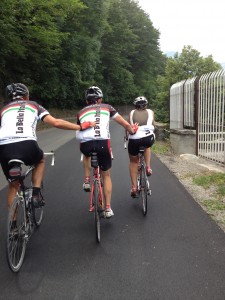 Now we know that connection is absolutely fundamental to our happiness and well-being. We have a plethora of studies, randomised controlled trials, meta-analyses (i.e. ‘the big boss’ in researcher land) where connection is studied subjectively and objectively*. Subjective measurement is just a fancy word for measuring what people say and how they feel i.e. their own perceptions of the internal and external world. Whereas objective measurements include things like tests and biological markers – think saliva, hormone changes, heart rate etc.
Now we know that connection is absolutely fundamental to our happiness and well-being. We have a plethora of studies, randomised controlled trials, meta-analyses (i.e. ‘the big boss’ in researcher land) where connection is studied subjectively and objectively*. Subjective measurement is just a fancy word for measuring what people say and how they feel i.e. their own perceptions of the internal and external world. Whereas objective measurements include things like tests and biological markers – think saliva, hormone changes, heart rate etc.
Adding to the herculean number of research studies is no doubt our own experiences during lockdown and the COVID-19 pandemic. Personally, I found it super tough – not having physical touch from friends and family. Not receiving various physio, soft tissue, Chinese medicine treatments. Not receiving the informal hand-shakes, three cheek kisses by your friends Italian Nona, or the shop assistant giving you a hand to try on a new shoe. Gone. In the blink of an eye. Yikes. It was almost like missing a crucial Vitamin from the diet. Until we learned how to connect in other meaningful ways, and perhaps open our heart space a little more to feel connection rather than touch it. Yep, it has been a big time for personal growth during the pandemic. As well as learning French, but let’s save that one for another day as I don’t want to Rouen this blog with side stories…
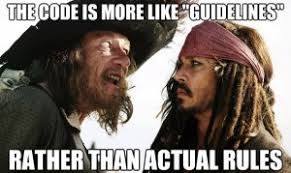 So, the fact that social connection is important is beyond contestation. It isn’t a guideline or a code that one can wrangle your way out of, like in Pirates of the Caribbean. But the gold bullion question is – how can we strengthen our social connections? And this is where Tyson’s neuroplasticity analogy got me thinking. Tyson explained that when we want to grow our brains, we aren’t looking to increase the size of our brains. Our skulls are generally an inhibiting factor here. What we are looking to change is increasing our neural connections, their strength and their frequency. Connection isn’t always about upwards growth (GDP conversation anyone..?), it is about real, authentic, genuine and strong connections.
So, the fact that social connection is important is beyond contestation. It isn’t a guideline or a code that one can wrangle your way out of, like in Pirates of the Caribbean. But the gold bullion question is – how can we strengthen our social connections? And this is where Tyson’s neuroplasticity analogy got me thinking. Tyson explained that when we want to grow our brains, we aren’t looking to increase the size of our brains. Our skulls are generally an inhibiting factor here. What we are looking to change is increasing our neural connections, their strength and their frequency. Connection isn’t always about upwards growth (GDP conversation anyone..?), it is about real, authentic, genuine and strong connections.
But HOW do I strengthen my connections Han?
A wee while ago (**cough** 8 years…), I had the privilege of connecting with Jon Burgess – thought leader in people advocacy, connectedness and collaboration, and founder of international management consultancy, Kwan. Jon has helped to guide how I approach my connections, and had some wise words –
- Go into your conversation with the desire to listen to understand, not to be understood.
- Ask the questions – what matters to them, how they would like to be thought of?
- Be curious – how can you use your strengths and skills to help the other person?
- I know I have a goldfish mind for some matters, and so I look to add notes to the person’s contact card in my phone afterwards and capture their interests, my ideas etc.
- Less is more.
- We are all human. We can all learn from each other. We all have a story to tell.
I think it is also helpful to:
- Allow space for silence. I have literally bitten my tongue to help with this but magic is created when you create this space. It allows for reflection, problem solving, a breath, a moment.
- Come from the heart. Literally tap into that space during your conversations. You can feel your body shift.
- No phones on the table. The person sitting with you is important.
- Sit side by side – at a café, ride a bike, take a walk.
Until next time,
Ride with a smile, ride with a purpose, ride in the moment,
Han
* Simply use google scholar for social connection, social capital, well-being, happiness, mental health, physical health – and you will see the zillions of articles in this space.
Photo Credit for feature image: Melbourne Sports Photography




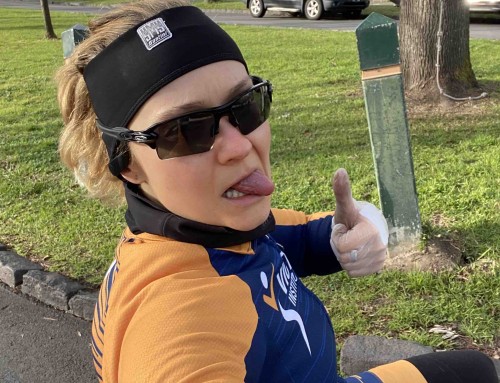
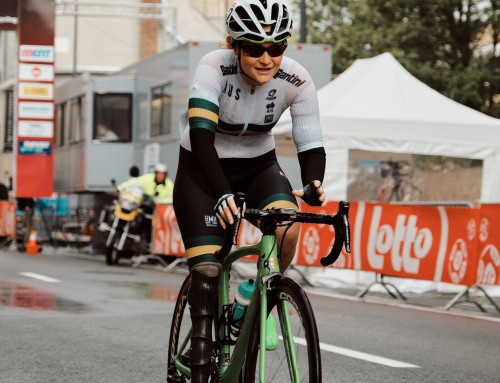
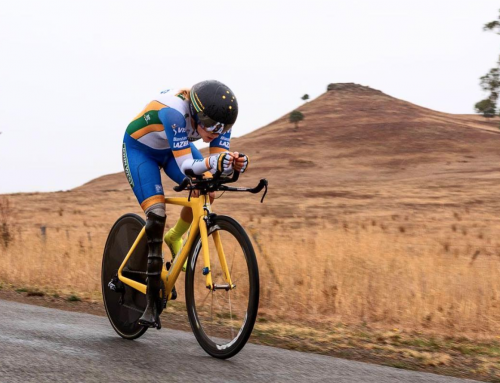
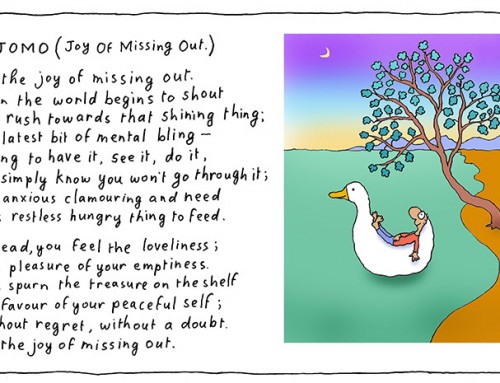
Leave A Comment